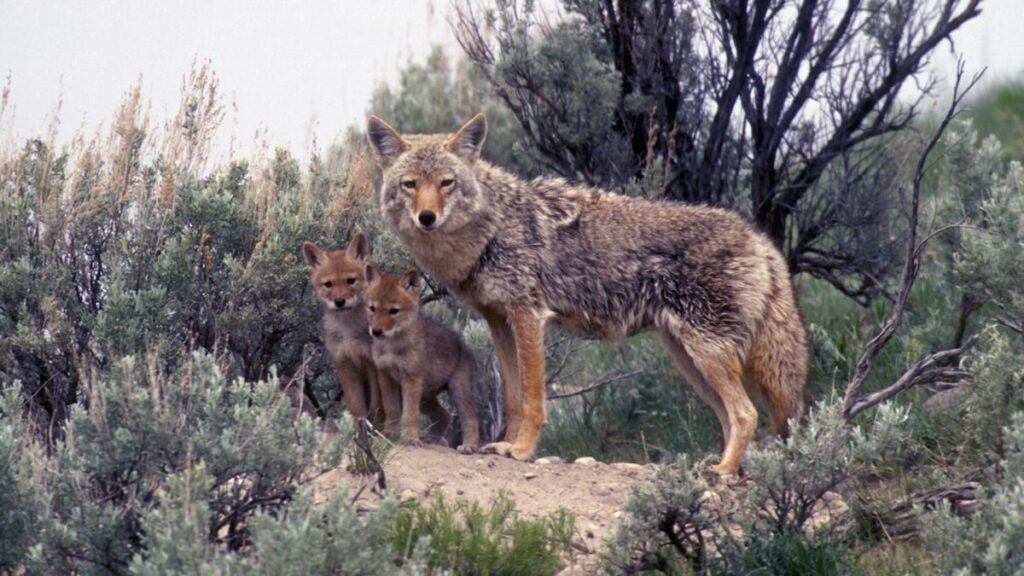A recent study published in the journal Ecography presents a surprising new perspective on the effects of hunting on coyote populations in the United States. Traditionally viewed as a significant threat to these animals, hunting may actually contribute to an increase in coyote numbers over time. This large-scale research effort is the first of its kind to examine the relationship between hunting and coyote populations comprehensively. The study illustrates that hunting tends to leave behind younger, more reproductive coyotes, whose increased mobility and breeding can lead to population booms in their local habitats.
According to Remington Moll, one of the study’s authors from the University of New Hampshire, evidence suggests that more coyotes are found in areas where hunting is permitted. The data collected over several years indicates that hunting does not reduce coyote abundance; conversely, it may enhance it in certain regions. This revelation could be unsettling for hunters who typically target coyotes to safeguard their pets and livestock, particularly in light of the widespread legality of coyote hunting across 18 U.S. states, despite the varying regulations that govern it.
Interestingly, the findings need to be considered within the broader ecological context. Unlike the endangered gray wolves that faced backlash from ranchers when they returned to California, coyotes do not threaten ecosystem stability and aren’t classified as endangered. Their presence in ecosystems often promotes balance, as they are natural scavengers and hunters that help control populations of smaller animals and clear carrion. Therefore, even when hunting occurs, it does not equate to an ecological crisis for coyotes or their environments.
The research relied on extensive data collection, utilizing 4,500 cameras set up across the country to analyze coyote behavior and population dynamics in response to various factors. By mapping these findings, the scientists aim to create the first comprehensive abundance map of coyotes in the U.S. This information could be vital for conservation efforts and coyote management strategies, as more accurate understanding of coyote populations can inform both policymakers and the general public.
The implications of this study extend beyond simply understanding coyote population dynamics. It challenges existing assumptions held by hunters and wildlife managers alike. The notion that hunting is a controlling force on coyote numbers is now under scrutiny based on data-driven insights. Rather than viewing hunting as a means to reduce coyote populations, stakeholders may need to explore alternative approaches that consider the ecological roles coyotes play and the realities of their reproductive capacity.
Ultimately, this groundbreaking research prompts a reevaluation of human interactions with coyotes and the ecological consequences of hunting practices. By fostering informed dialogues about wildlife management practices and their implications, society can better understand and approach the complexities involved with predator management, ultimately supporting balanced ecosystems and sustainable practices in the natural world.

